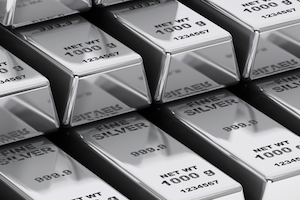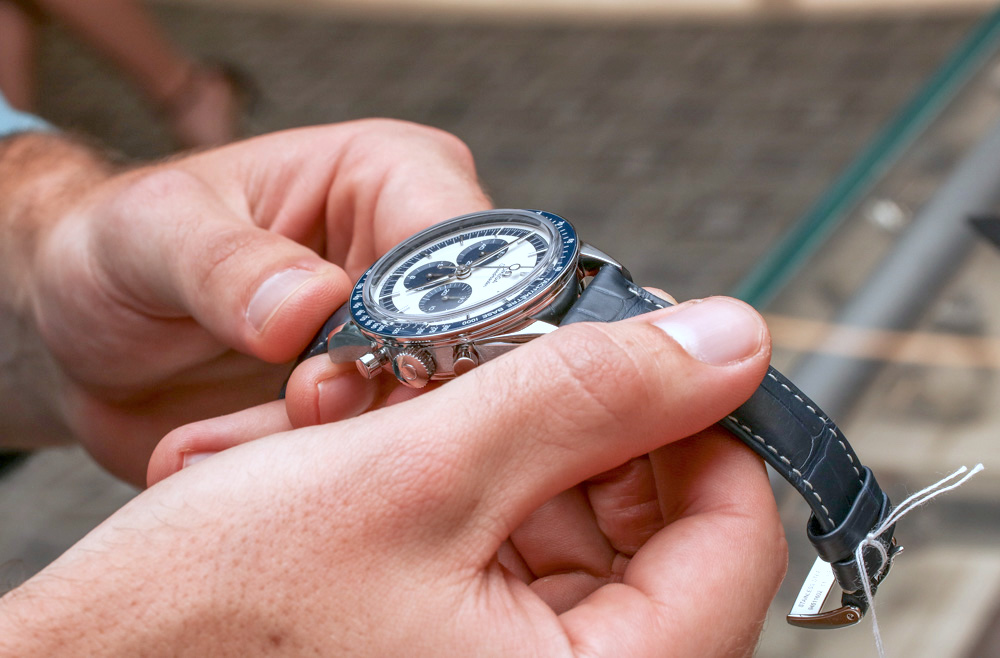As silver is one the asset categories we use as collateral for our secured asset loans at peer-to-peer lender Unbolted, we thought we’d share some intriguing facts about this lustrous and spellbinding precious metal.
Silver, in its native, pure form (elemental silver), is actually rarer than gold, which is frequently found in pure form as nuggets of different sizes. In ancient Egypt and Medieval Europe, pure silver was considered more valuable than gold (the ancient Egyptians knew silver as “white gold”).
Human beings first began mining silver around 5000 years ago in Anatolia (modern-day Turkey). It rapidly became an immensely valuable resource for the peoples who flourished throughout antiquity in Greece, Crete and the Near East. Like gold, silver was believed by the ancients to be favoured by the gods, who kept it lustrous and corrosion-free.
In fact, silver only tarnishes when it comes into contact with sulphur, an ingredient that was uncommon in the atmosphere until the pollution of the Industrial Revolution. Silver also has potent anti-microbial properties, which even ancient people recognised (although they had no idea what chemical mechanisms were involved).They noticed that wine stored in silver vessels kept potable or drinkable for far longer, while the Romans discovered that soldiers could be protected from sickness if silver coins were dropped into their drinking water. Silver tinctures and powders were used to treat wounds in order to prevent sepsis.
For the ancients, this was evidence of supernatural power against dark forces, a mythology that survived the folklore about vampires and werewolves - creatures who could only be slain with a silver bullet – for centuries.
By 1200 BC, the world centre of silver production had shifted from Turkey to the Laurium mines of Greece. From 700 BC, silver began to be coined and used as money, a transactional property it still possesses to this day. Fast forward to AD 100, and Spain had become the undisputed capital of silver production. Spanish mines not only served as the Roman Empire’s major supplier of silver, but the metal also became an indispensable trading component along the Asian spice routes.
World silver production diversified after the Moorish invasion of Spain in the eighth century AD, migrating to a wider range of Central European countries. Between 1000 and 1500, the number of silver mines multiplied significantly. However, no event in history compared to Columbus’ Spanish “discovery” of the New World in 1492 and the stupendous interest that was thereby generated. The role of silver was thereafter literally reinvented throughout the world, with mining eclipsing anything that had preceded that fateful date. After 1492, 85 percent of the world’s production of and trade in silver was accounted for by Mexico, Peru and Bolivia.
Later still, a number of other countries started contributing to silver production, most prominently the new United States of America when the Comstock Lode was discovered in Nevada.
In the final quarter of the nineteenth century, silver production quadrupled the totals seen in the first 75 years of the century, reaching 120 million troy ounces. During the twentieth century, ingenious breakthroughs in technology such as steam-assisted drilling, mining and mine de-watering massively improved haulage.
In our age, over 5000 years after our ancient ancestors first started mining it, annual global silver production averages around 671 million troy ounces.



 WhatsApp Us
WhatsApp Us


